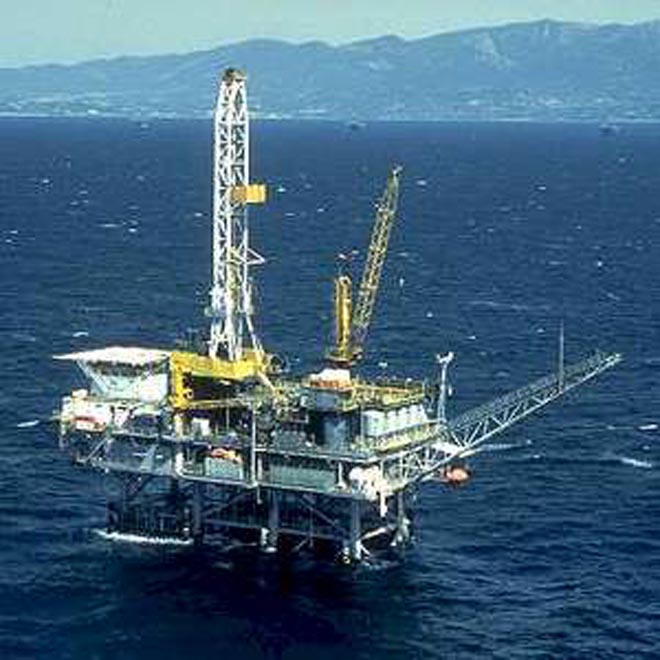Azerbaijan, Baku, April 24 /Trend/
Azer Ahmedbeyli, Trend analytical centre expert
A short time remains before the moment when a consortium of Shah Deniz, the largest Azeri gas field with reserves of 1.2 trillion cubic meters, will decide on the Central European (Austria) supply route in the framework of the Southern Gas Corridor.
Recall that a choice must be held between the Nabucco (Nabucco-West) pipeline project and the SEEP (South-Eastern Europe Pipeline) one, proposed by BP. The chosen route will then compete with the TAP (Trans-Adriatic gas pipeline) project previously selected as a route to deliver gas to Italy. And the choice between the two remaining projects will be made in 2013 when we will all know where Azerbaijani gas is to be supplied - in Italy or Central Europe.
While acknowledging the advantages of the TAP project and in no way diminishing its competitiveness, in comparison with other projects of the Azerbaijani gas supply to Europe, it is necessary however, to note some points relating to the gas market in Italy.
The Italian gas market is not comparable in scale with the importing markets of the whole of the south-eastern European countries. Italy imported more than 75 billion cubic meters of gas in 2010 while the countries of the Central European route of Caspian gas imported five times less: Bulgaria, Romania, Serbia, approximately two billion each, Hungary - 7.5 billion and Croatia one billion, but Italy also has incomparably greater sources of supply.
Italy imports gas (pipeline and LNG) from 11 countries. These are Algeria, Russia, Libya, Netherlands, Qatar, Norway and others (recent data of BP for 2010). The countries of south-eastern Europe, forming the central European route of the Southern Gas Corridor, import from one country, Russia with the exception of Hungary which is in addition to the Russian imported meagre amount of gas from France and Germany in 2010. Even Austria, as the final destination of this route is largely dependent on one source of supply by importing up to 80 per cent of its gas from Russia.
The fact that the Italian gas market is now close to a glut, especially after Libya restored export volumes through the Greenstream pipeline in October 2011, as confirmed by many, including Italian experts. As one respected publication reported recently, the demand for natural gas in Italy fell by about three per cent over the last few months of this year compared to the same period in 2011 and by six per cent compared to the same period in 2010.
At the same time there are at least two more projects on stage waiting for the building except TAP, whose final destination is Italy. It is Russia's South Stream project and GALSI from Algeria to Italy via Sardinia.
Incidentally, in acknowledgment of how things are in the gas market in Italy, Algeria's energy minister according to Reuters said recently that the GALSI project caused serious problems due to falling demand in Europe and its economic viability can be questioned. Partners want "to know the scale of demand in Italy and the size of the market," the minister said.
Of course, all these projects are expected for the time when demand for gas will increase in Europe. However, such a clear imbalance in the number of sources of gas supply in different regions of the EU will remain and the construction of an interconnections network through which gas can be distributed in the right proportions within the EU, is the required but very long case.
The EU has repeatedly stated at a high level that the diversification of sources and routes of gas supplies is a priority of its energy policy. Taking into account this thesis, a variant of supplies to Central Europe via the eastern European countries (in this context does not matter whether it is Nabucco, or SEEP), is probably more preferable for the EU as a whole, as it allows relatively smooth out the imbalance. As for the TAP project which is perfect in many respects, the final destination may be its Achilles heel.






